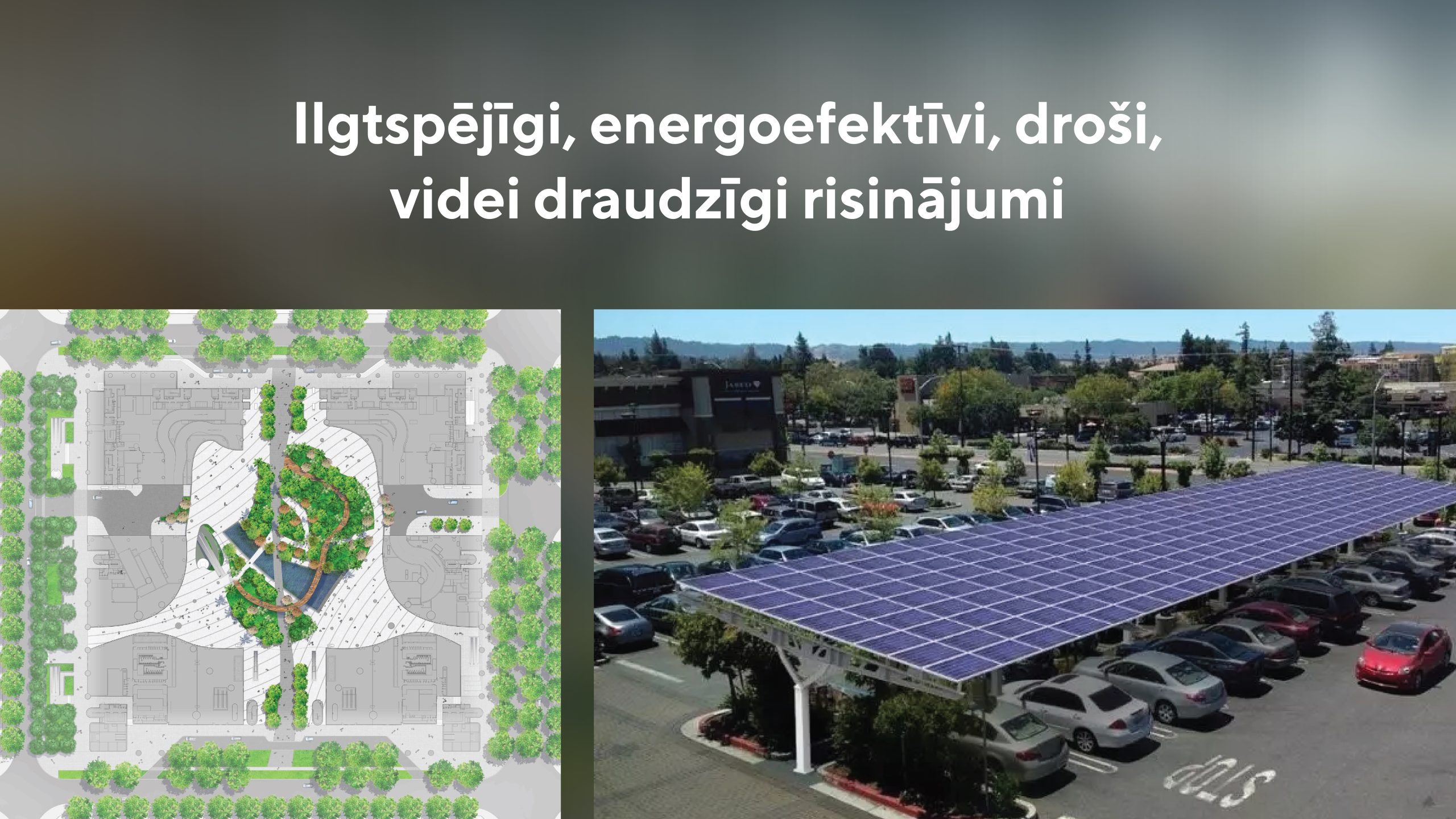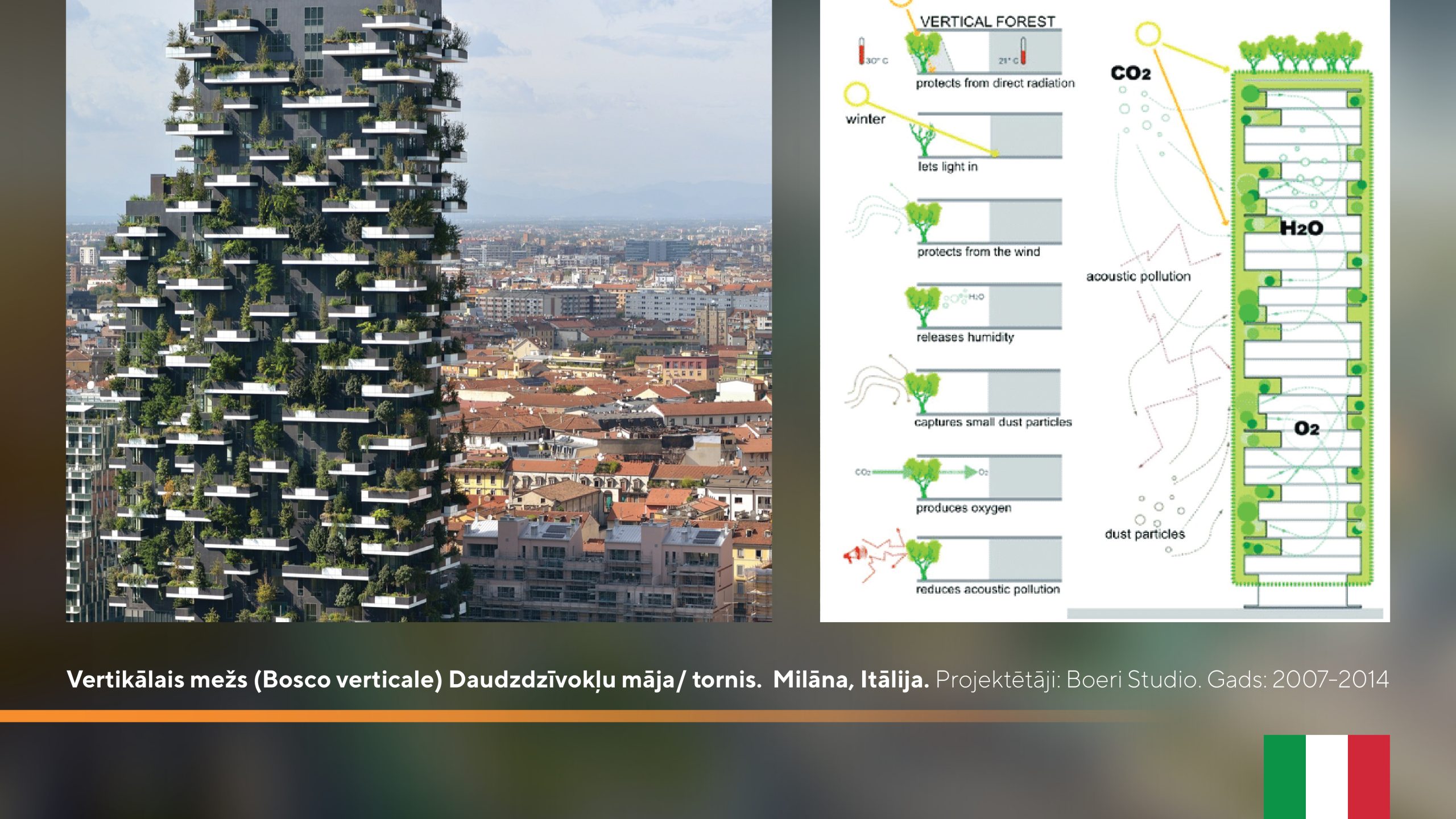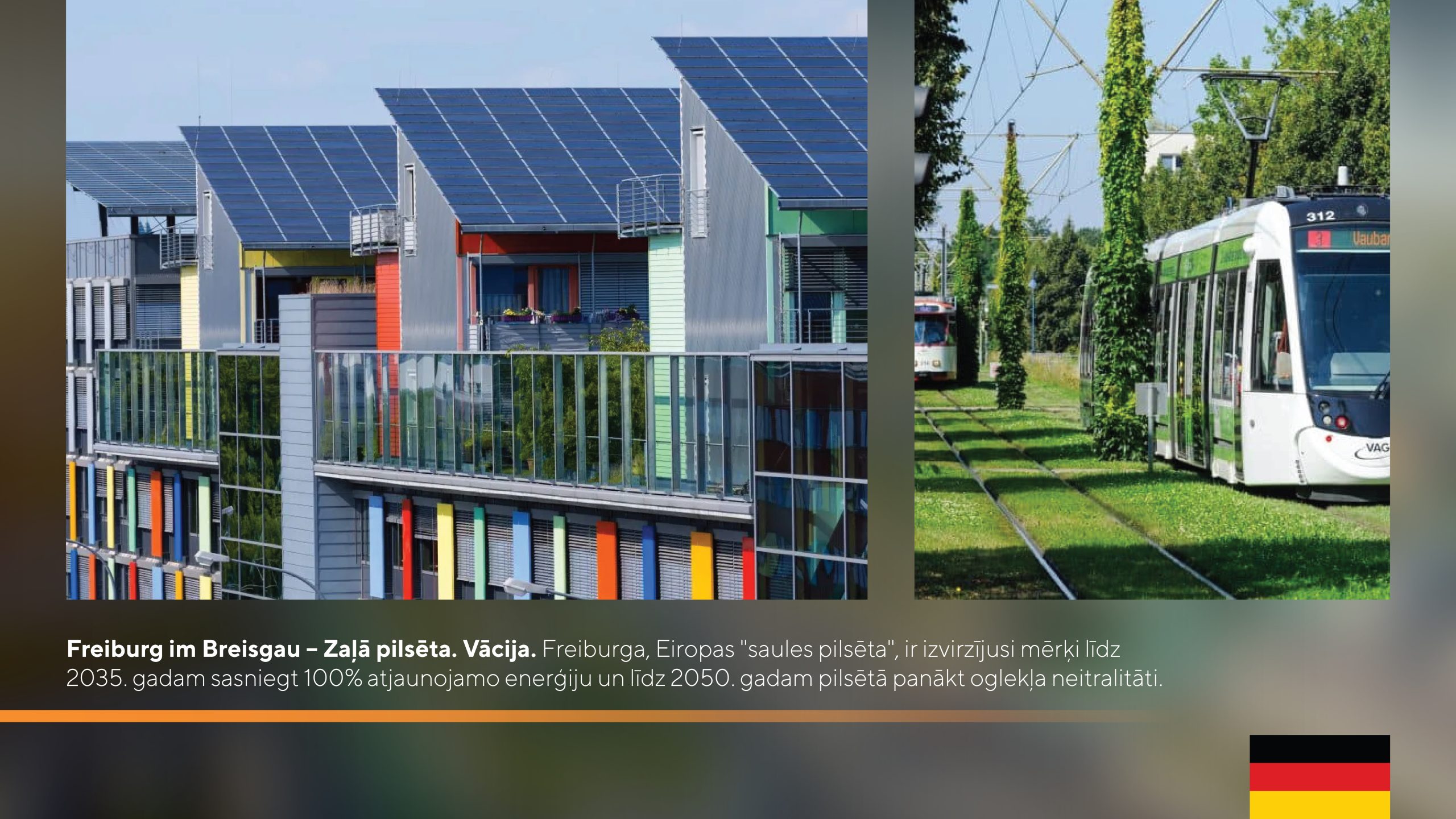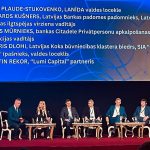
Today Līga Plaude-Stukovenko, Member of the Board of Vestabalt, participated in the discussion “Future Housing – Where and How Will We Live?” at the International Conference “Perspective of the Real Estate Industry: in the Space of the Future”.
When thinking about the future housing development in Latvia, the overall economic and demographic growth of Latvia will have a very important impact. It is important for Riga City and other cities to cooperate with developers and investors, participating in the continuous improvement of infrastructure, reducing the bureaucratic burden, so that investors want to build new energy-efficient and affordable housing. Global examples show that there will be a growing demand for energy efficient and sustainable housing (modular construction), so that housing is adaptable to the different life cycles of the owner, e.g. from a private home, after children grow up, creating a semi-detached house so that part can be rented out. People are thinking long-term and now also in the real estate segment “less is more”, paying attention to maintenance and operating costs, carefully assessing the value of the property in 10 and 20 years.
There will be more and more demand for high-quality green projects in cities. Līga Plaude cited the Bosco Verticale project as one of the world’s best examples, which has been successfully integrated into Milan’s historic centre, enhancing the value of all adjacent properties. The challenge for Latvia is that high quality architecture and sustainable building solutions are expensive, and when thinking about future housing development, this must go hand in hand with improving the well-being and ability to pay of the Latvian population.

Home security will become more and more important, thinking not only about new IT security solutions, but also whether the home is safe from flooding and storm risks, independent of connections only to city communications, giving more preference to alternative sources of energy and heat supply.

Sustainable, energy-efficient, safe and environmentally friendly solutions that are built and integrated into the urban environment.

An example of high quality architecture with detailed landscaping on each of the balconies, which protects the apartment from noise, improves air quality and successfully combines the urban environment with nature. The price per square metre of the apartments in the project ranges from 9500 to 12 000 euros.

The first multi-storey project where the building is powered by wind turbines that are successfully integrated into the overall architecture of the building.

One of Europe’s greenest cities, it has set a target of 100% renewable energy for the whole city by 2035. Investments have been made to provide citizens with access to public transport (green energy only), which helps to significantly reduce car use.


